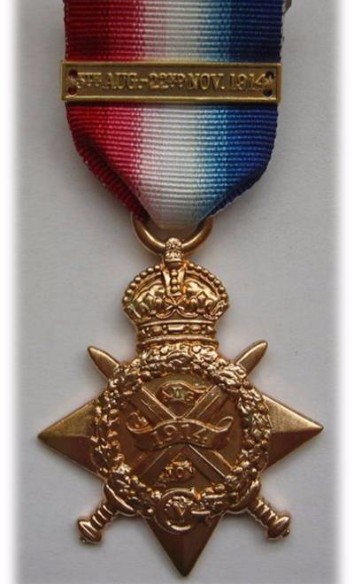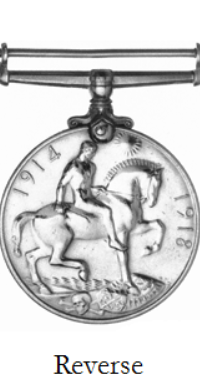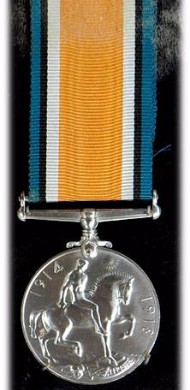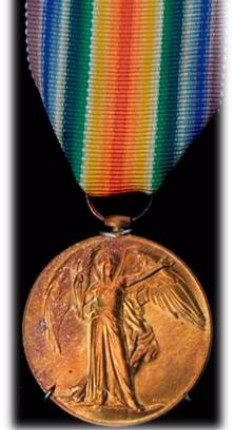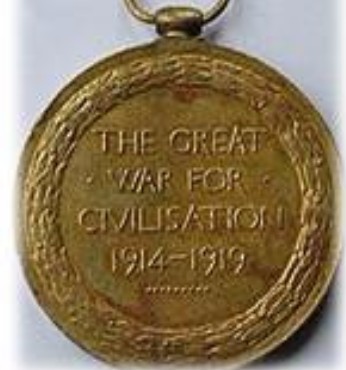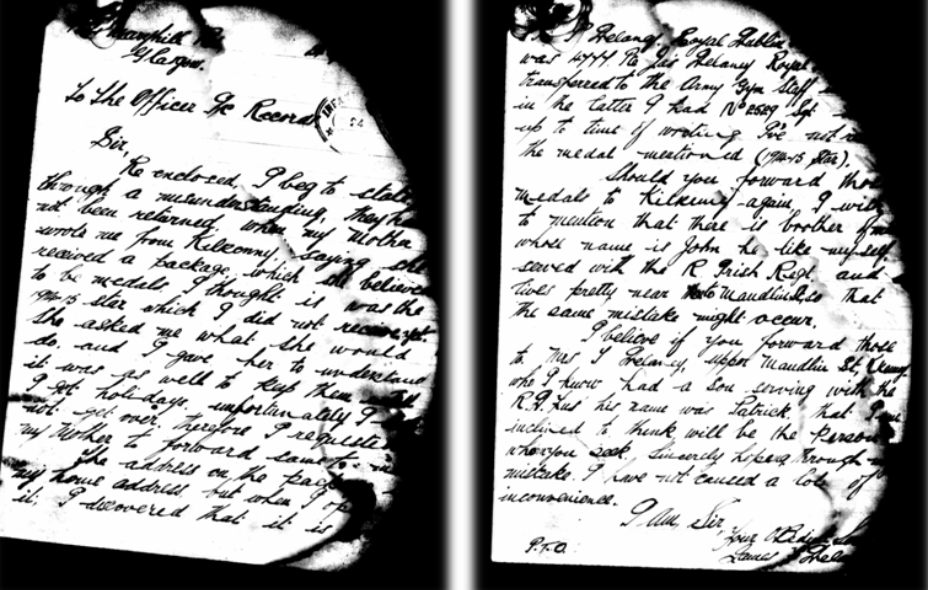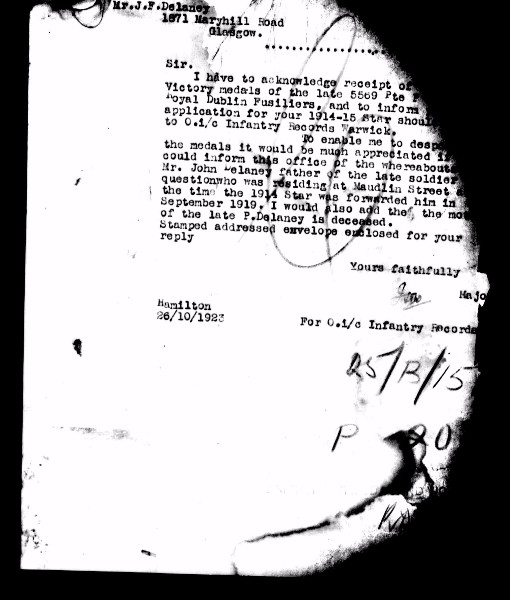"History is not a burden on the memory but an illumination of the soul."
~Lord Acton: British Historian
(January 10th 1834 - June 19th 1902)
Why did I apply?
I heard about this project from Ms. Mullally (Our Lady of Mercy Secondary School, Waterford). She is an inspirational teacher with an infectious passion for history.
History has always been a subject which I have enjoyed. From the Romans to the Second World War, from the Middle Ages to the Moon Landing.
When studying military history, people can become entangled in the precise details of battles, the weaponry used or the world leaders at the time of conflict. We often forget about the ordinary soldiers.
History contains countless individuals that have merely become a wave in the sea of gravestones, many without even a name. These men had family, friends, and a life before the war. They are not just a number in the death toll. Their untold stories remind us that history is about ordinary people and the events that shaped their lives. I applied for this unique project to tell the story of a forgotten man.
For here in this graveyard, it's still no-man's land...
Once I received the name of my soldier, my first response was to listen to The Green Fields of France.
As I listened to the emotive and haunting lyrics, I wondered what happened to my soldier, Patrick Delaney.
After his sacrifice, had he been reduced to just "a stranger without even a name, enshrined forever behind a glass frame in an old photograph torn battered and stained and fading to yellow in a brown leather frame"
My Research
Throughout my research, I was very lucky to be given the chance to work with two enthusiastic historians: Bernie Kirwan (Kilkenny City) and Martin Maher (Ballingarry, Tipperary). I am extremely grateful for the guidance and assistance they provided for me.
Unfortunately, I could not locate the 1901 and 1911 census records for the Delaney family. The Kilkenny War Dead and Kilkenny Families in the Great War were excellent starting points for my research.
I was delighted to find a series of army documentation on ancestory.co.uk. These allowed me to learn more about Patrick but also enhance the information I had already collected.
My research is far from complete. At present, I am trying to find out more about Patrick's brother James, who moved to Scotland, in hopes of learning what happened to him once he left home, there may even be relatives of his still living in the area!
The National Launch
-tuavpm.jpg)
The Leinster county representatives share their soldiers' stories.
-lgmw36.jpg)
Emily Boyne (Wexford), Amy Mackey (Waterford) and Béibhinn Breathnach (Kilkenny).
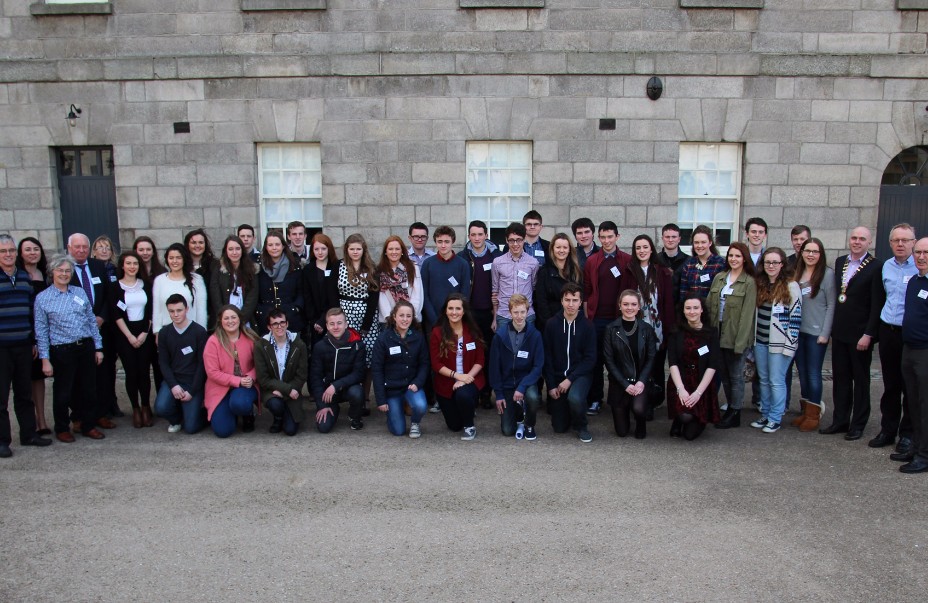
Meeting Patrick's Relatives
I was fortunate to be able to meet relatives of my soldier. I was put in contact with them through Bernie Kirwan who was busily researching the family in Kilkenny.
Michael and John Brennan are the grand-nephews of Patrick. Their mother was the daughter of Patrick's brother, John.
Like so many other relatives of World War One soldiers, Michael and Pauline Brennan were unaware of the military involvement of the Delaney brothers- John, James, Patrick, and Ned.
Edward (Ned) Delaney never married. He worked as a farm labourer for the McEvoy family in Kilkenny. When he died, they took responsibility for his burial. He was buried in St. Kieran's Cemetery, Hebron Road, Kilkenny.
Coincidentally, John Delaney was buried in the same graveyard, only sixteen graves away.
As a result of this project, Michael Brennan found the grave of his grandparents and his grand-uncle.
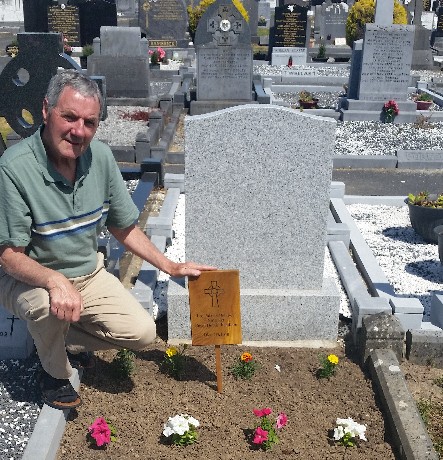
Michael at his grandparent's (John Delaney) grave with a plaque commemorating Patrick.
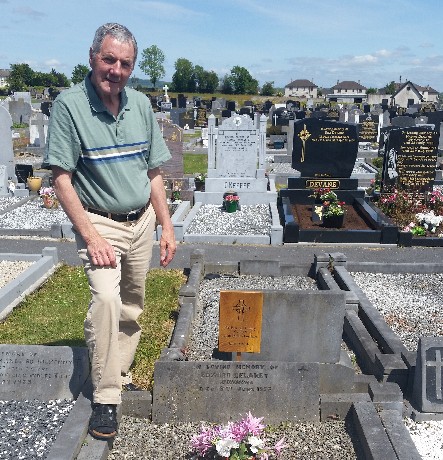
Michael at his grand-uncle's grave (Edward Delaney).

John and Ned survived the killing fields of France and are now buried in their local graveyard. Unbelievably, they are only buried sixteen graves apart.
Patrick, however, is buried far from his brothers in foreign soil.
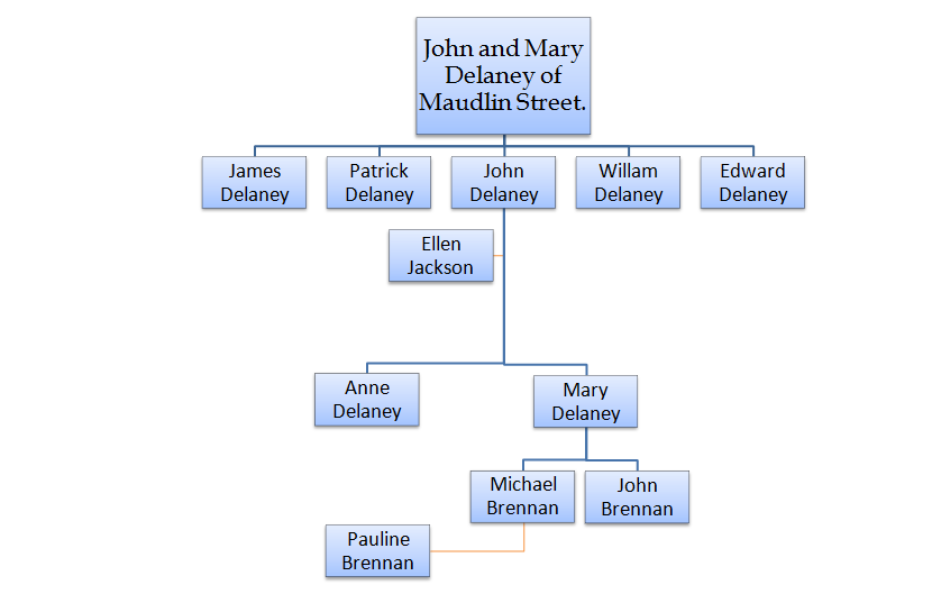
The South East Launch
On Monday 20th April, in the Medieval Museum, Waterford, the stories of four soldiers were told, Private Patrick Delaney among them. This event was organised by Niamh Crowley (HTAI- Secretary Waterford).
Carlow, Waterford, Wexford, and Kilkenny were represented. We each made a presentation on our soldier. Friends, family and others with an interest in history greatly supported the event.
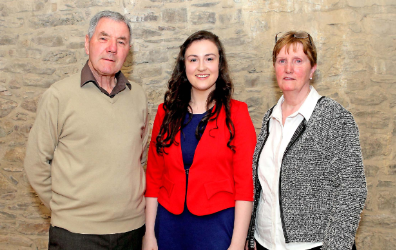
Patrick's grand-nephew, Michael, and wife Pauline with myself.
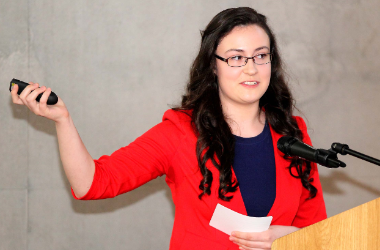
Presentation in action.
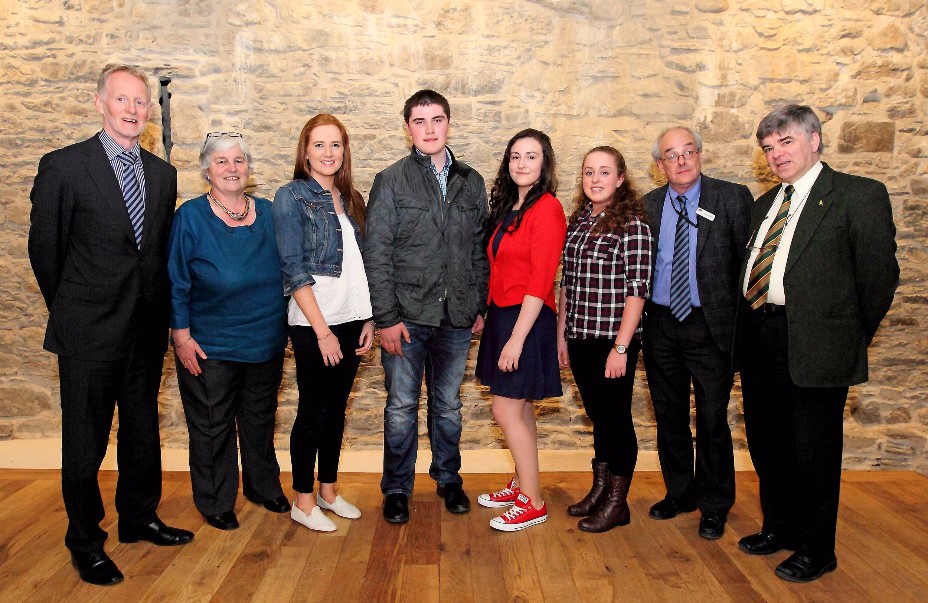
Meeting President Michael D. Higgins
It was privilege to meet President Michael D. Higgins before we departed on the 26th of June. Our group was warmly received. The President gave an inspiring speech in which he thanked us for helping to write these soldiers back into history.
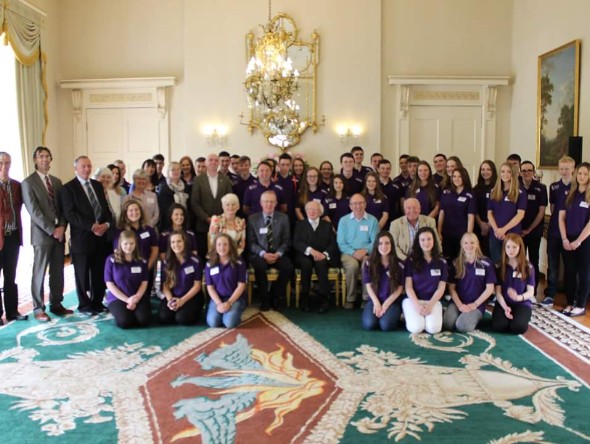
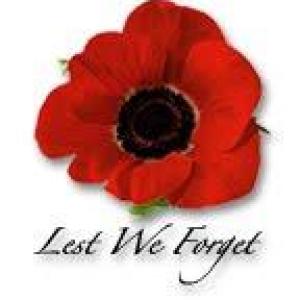


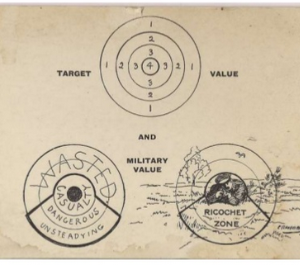
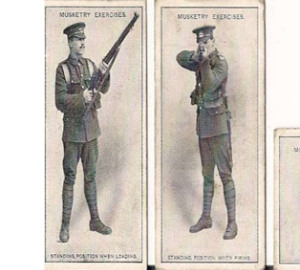
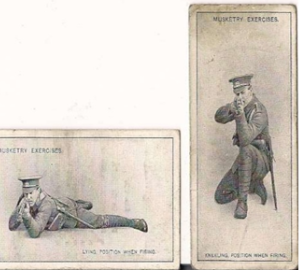
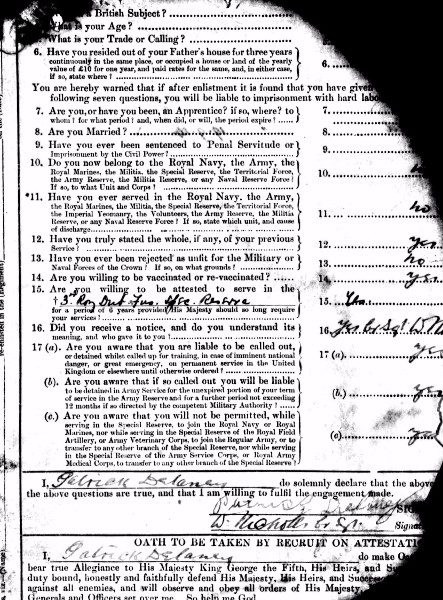
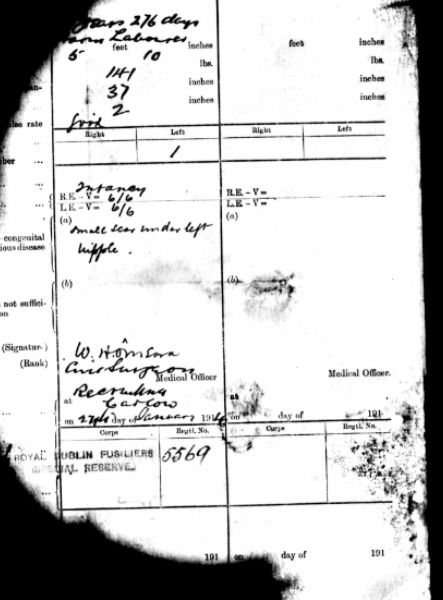

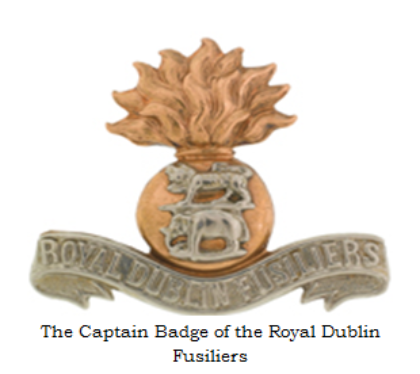
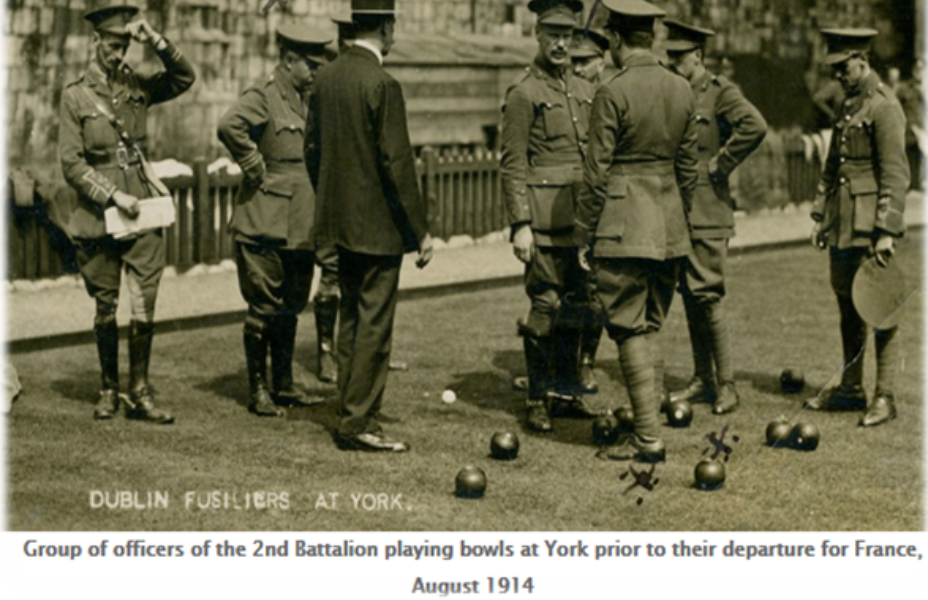
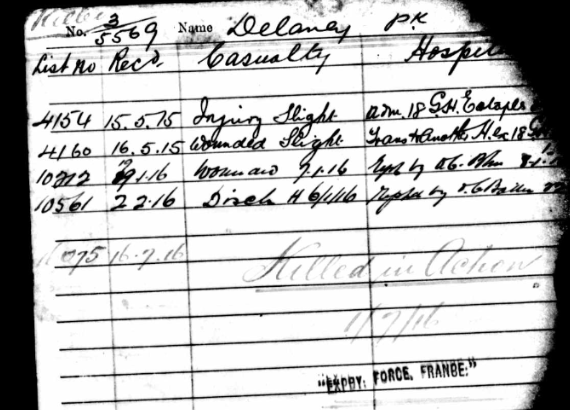
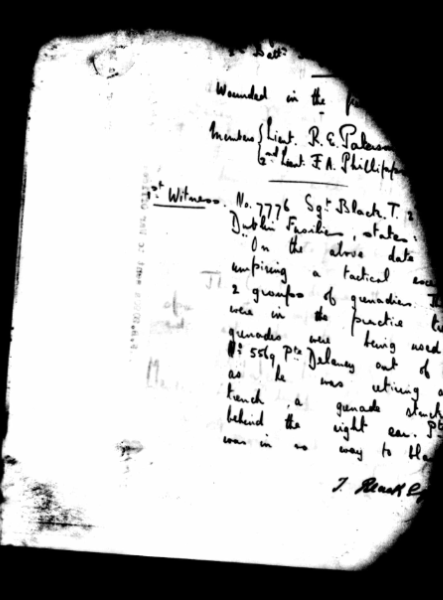
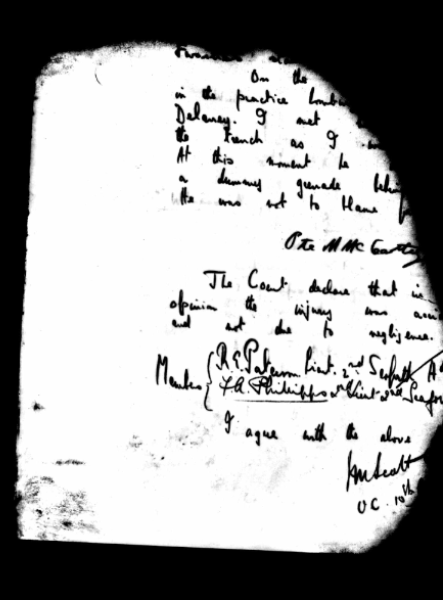
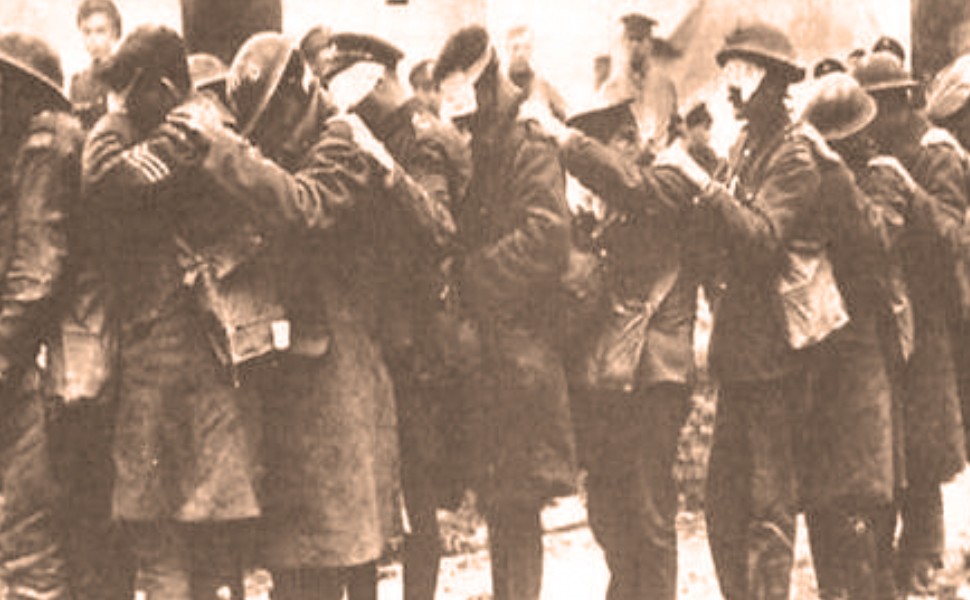
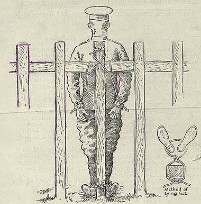
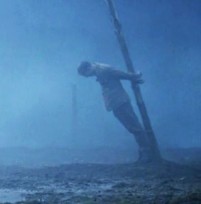
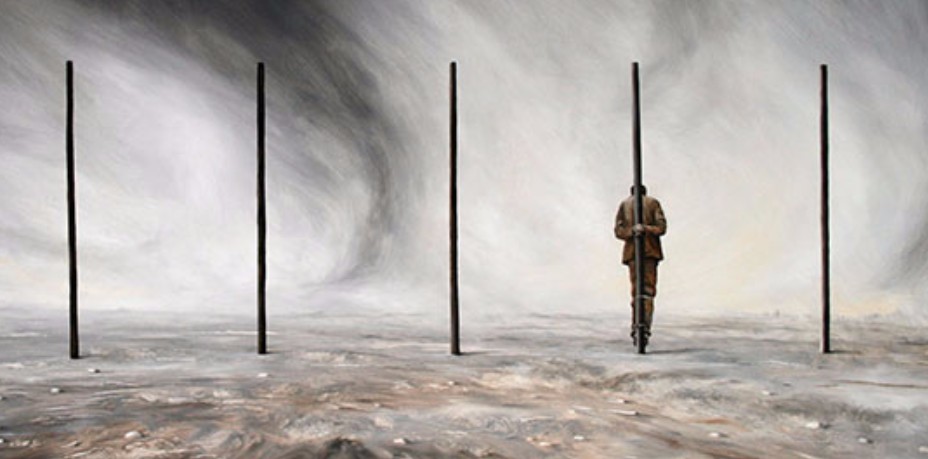
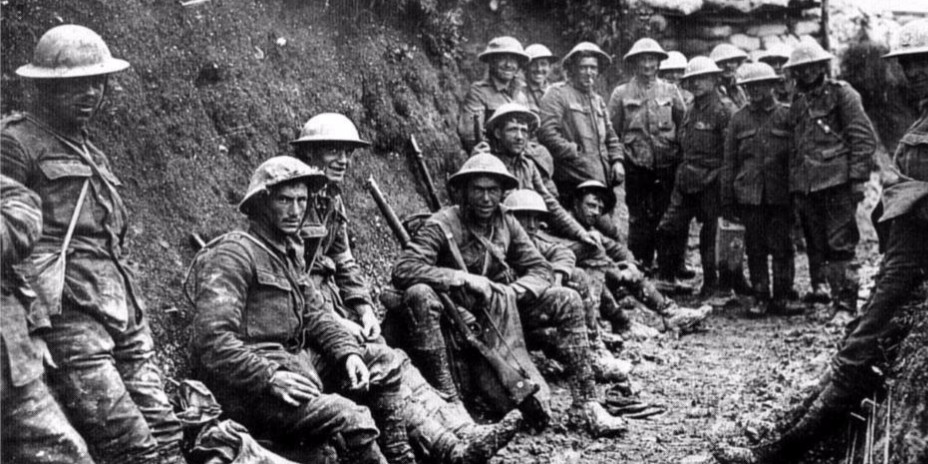
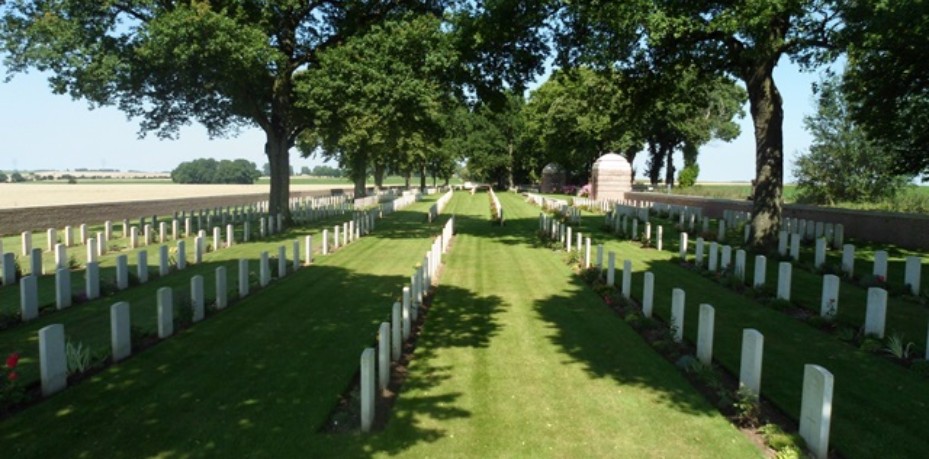

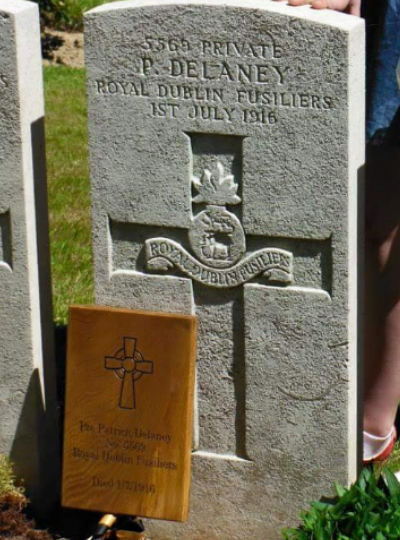
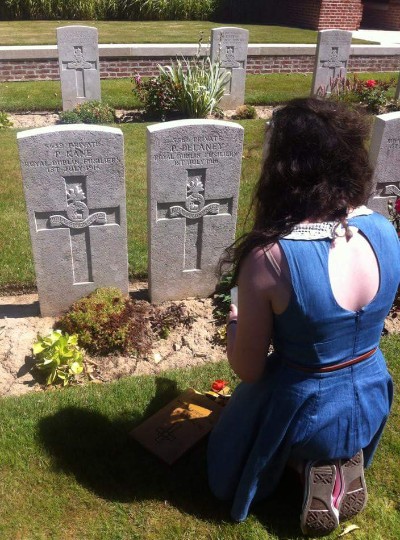
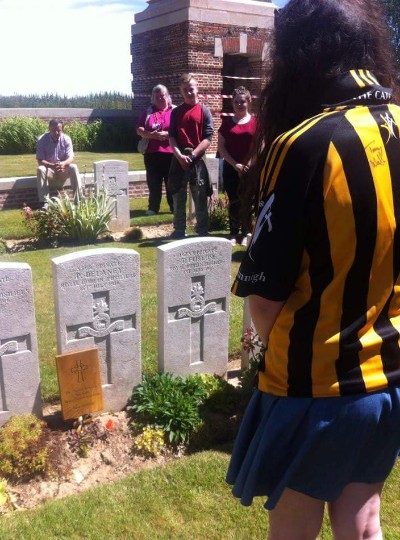
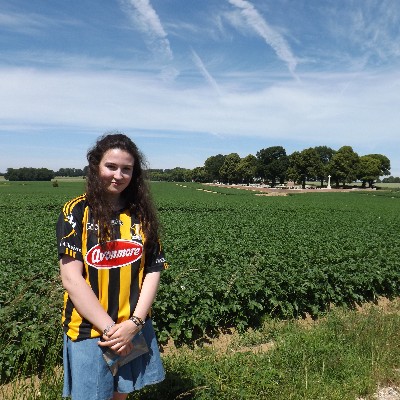
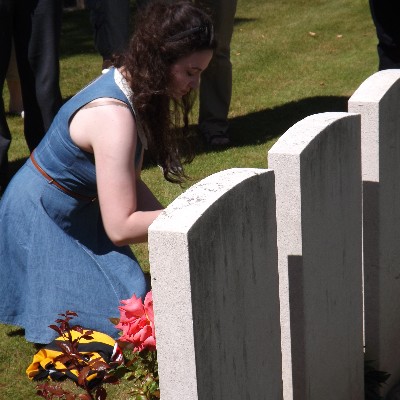
-6j8fbx.jpg)
